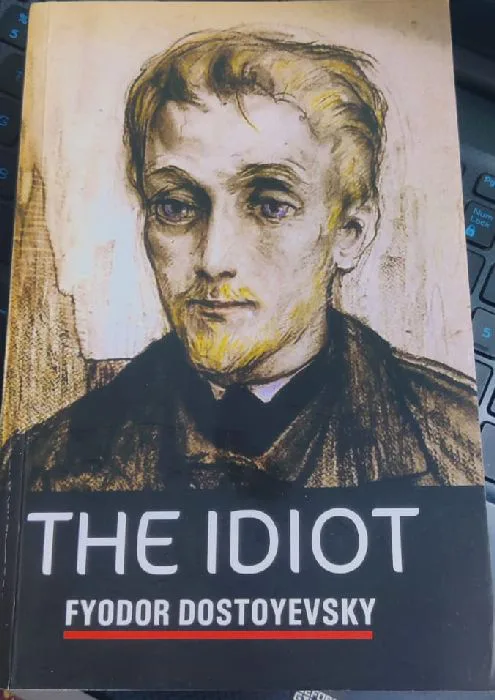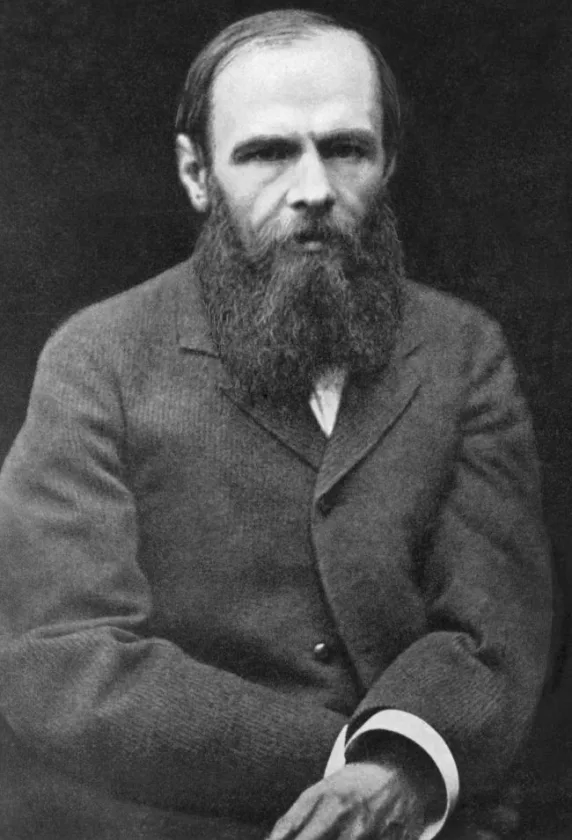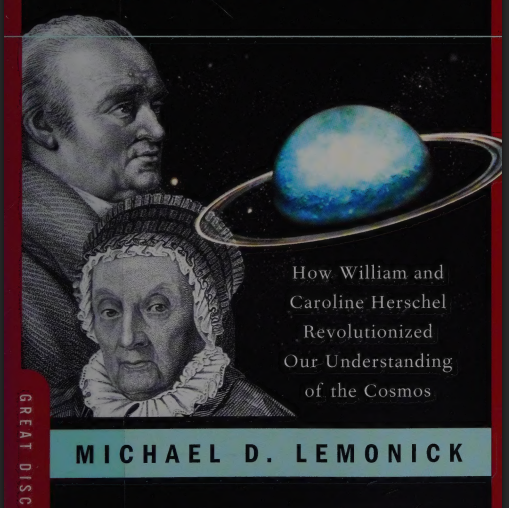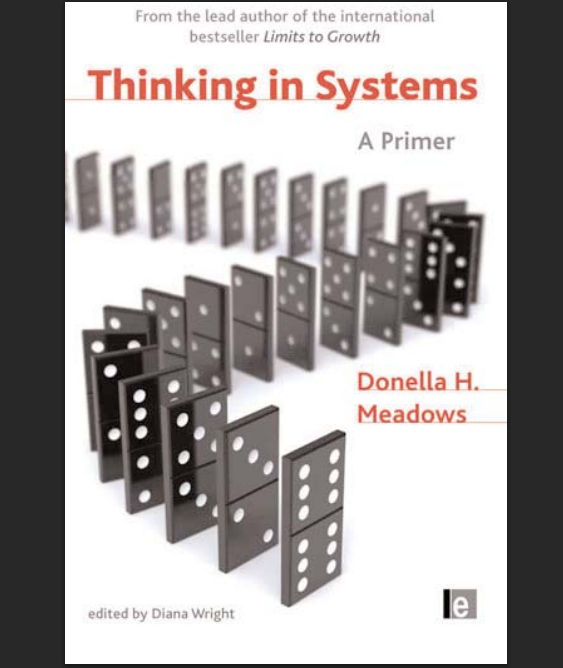
In this fascinating literary journey, Dostoevsky takes a deep dive into the complex world of human nature and psychology. Initially released in serialized form, “The Idiot” made its debut in The Russian Messenger during 1868–69.
In my opinion, Dostoevsky’s firsthand experiences with corruption, imprisonment, and solitude permeate in nearly all his main characters. The protagonist in the “The Idiot” comes back to his “old city” but he is taken aback as he steps into the refurbished glittering scene of Russian high society. Things here are definitely not what they seem at first glance.
Dostoevsky’s way of storytelling is like peeling back layers to reveal the real, intricate truths hidden beneath the surface. In fact, it wasn’t until Kafka emerged in the early 20th century that I believe any author came close to achieving a similar style as Dostoevsky.
The Plot
The novel kicks off with Prince Lev Nikolayevich (Myshkin), on a train journey to St Petersburg in the late 19th century. Having spent four years in Switzerland for health reasons, he returns with little awareness of the current state of Russia. During the journey, he encounters Parfyon Roghozin, and learns about the troubles of a woman named Nastasya Fillipovna.
Later they part ways, however, their meeting is not a fleeting moment. But has a deeper significance in influencing and shaping the dynamics within the narrative.
In St Petersburg, the prince navigates accommodation and work. He becomes involved with General Ivan Fyodorovich Yepanchin’s family and their marital negotiations.
The downtown scene introduces Gavrila “Ganya” Ardalionovich and his ambitious, indebted father, embroiled in complex relationships and financial pursuits. The plot unfolds with dramatic twists, focusing on marital negotiations and financial dealings.
Next, we find the characters go on a summer excursion to Pavlosk and stay in dachas, their countryside retreats. Here the storyline becomes more complex. The trip serves as a catalyst for heightened tension, among the characters.
At Pavlosk, the characters find themselves out of the snare of formal society, and so it gives them an opportunity to display their true personalities. Accordingly, romantic entanglements, personal revelations, and power struggles unfold in the idyllic surroundings.
As the narrative progresses, Myshkin’s interactions with the Epanchin family become complex, which initially was very straightforward. Without compromising his ideologies, he manages to navigate through the complexities of societal expectations, familial dynamics, and personal relationships within the Epanchin household.
A significant development occurs when young men claiming inheritance demand attention. Myshkin is drawn into the situation. As he tries to unravel the truth, the narrative introduces elements of deception and rivalry.
This subplot surfaces the socio-economic milieu. And serves as a canvas to showcase Myshkin’s character as an outsider trying to navigate and comprehend the complex social structures that shape the interactions and conflicts within the story.
Subsequent incident involving Nastasya becomes the focal point that propels the storyline into new and intensified conflicts. Caught between the conflicting emotions and intentions of Nastasya and Aglaia, (General Yepanchin’s third daughter) Myshkin faces a challenging and complex situation.
Each woman represents a different path, and Myshkin must navigate the intricacies of their feelings and his own responses. In this part of the story, the exploration of love goes beyond simple romantic notions, incorporating elements of betrayal and societal norms.
A sequence of events unfolds, as it involves Aglaia, Nastasya, and Rogozhin and the eventuality of a tragic death. Although, while reading, I wasn’t expecting the heartbreaking outcome.
Philosophical Queries and Existential Dilemmas
Myshkin’s interactions with various characters serve as a forum for philosophical and religious discussions. He approaches each character with compassion and a genuine desire to understand their struggles and motivations. I also read somewhere that he is an embodiment of Christ-like values of love, forgiveness, and compassion.
Another obvious thing is the presence of existentialist idea, experienced by characters like Myshkin and Rogozhin.
Myshkin embodies a form of existential innocence. His character, despite facing societal complexities and personal struggles, maintains a childlike sincerity and purity. While Rogozhin is marked by inner turmoil, driven by a desire for meaning and a rejection of societal norms. He reflects an existential struggle against the perceived emptiness of existence.

Takeaway
As mentioned above, the book throws light into the subtle and intricate behaviors that mold individuals within the mysterious world of Russian aristocracy.
To align with societal norms, the characters find themselves ensnared in conflicts and moral quandaries. And so, they partake in deception, manipulation, and betrayal, which further reflects the darker side of human nature.
This novel has its ups and downs across its four sections. The first and last parts are pure gold, absolutely captivating and brilliant. Yet, I feel the middle parts can be a bit confusing and even irritating. But hold onto it. The final part of the book, would surely compensate the previous digressions.
Overall, the deep, heavy feelings in the story can make readers sad. The book makes you think a lot about tough and sad things, that one has to face in life and this might make you feel down or even depressed while reading. In fact, the ending will stay with you for a significant amount of time (at least for me it did). Each character possesses a unique story. To uncover these accounts, you’ll need to read the novel for yourself.



